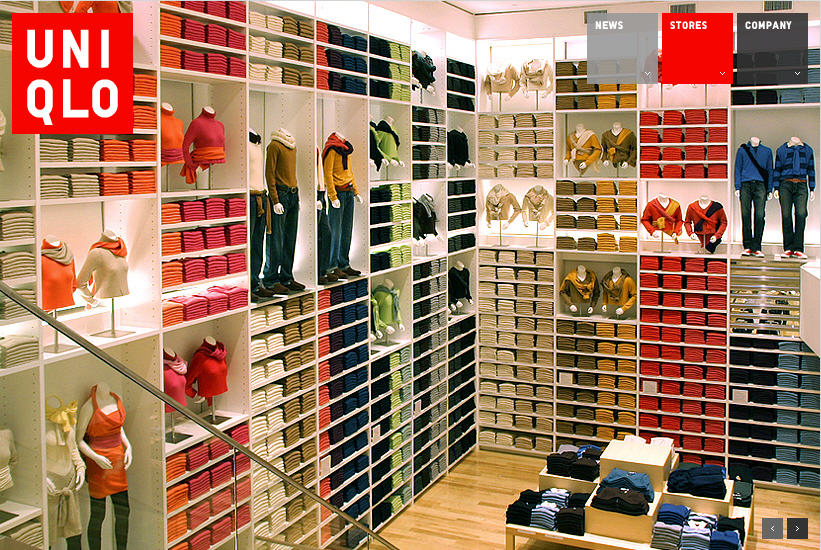
The idea is that by placing “little luxuries” here and there for consumers to purchase on a daily basis will bring life into their market.Which contrast the popular strategy of selling an abundance of low quality goods at a cheap price. Examples include gourmet ice creams at their 7 Elevens and cashmere sweaters at Uniqlo (a casual wear retailer with quality as a strength).
Shinzo Abe, the newly elected Prime Minister of Japan has managed to liven the stock market and spending on luxury goods, but retail sales have not proven to increase significantly.
They suggest that it his policies are overly optimistic of the reality of the market. “When it comes to day-to-day spending, people are still in penny-pinching mode. We can’t see any impact from Abenomics,” says Seven and I Holdings President Noritoshi Murata.
Yet, it is important to keep in mind that the consumer demographic is slightly different in Japan. There are more people in Japan with money to spend.
This strategy is definitely a contrast, and it will be interesting to see how it will turn out. People will have to pay much more for their goods, but if revenue increases overall, consumers buy less but higher quality items, I think that’s a pretty sweet deal.
However, if they turn out like Vancouver, where people make vacations out of travelling down to the States purely to shop. They may want to look at the possibilities of people switching to buying clothes in neighbor countries Korea and China.

http://www.reuters.com/article/2013/10/06/us-japan-fastretailing-idUSBRE9950H620131006
